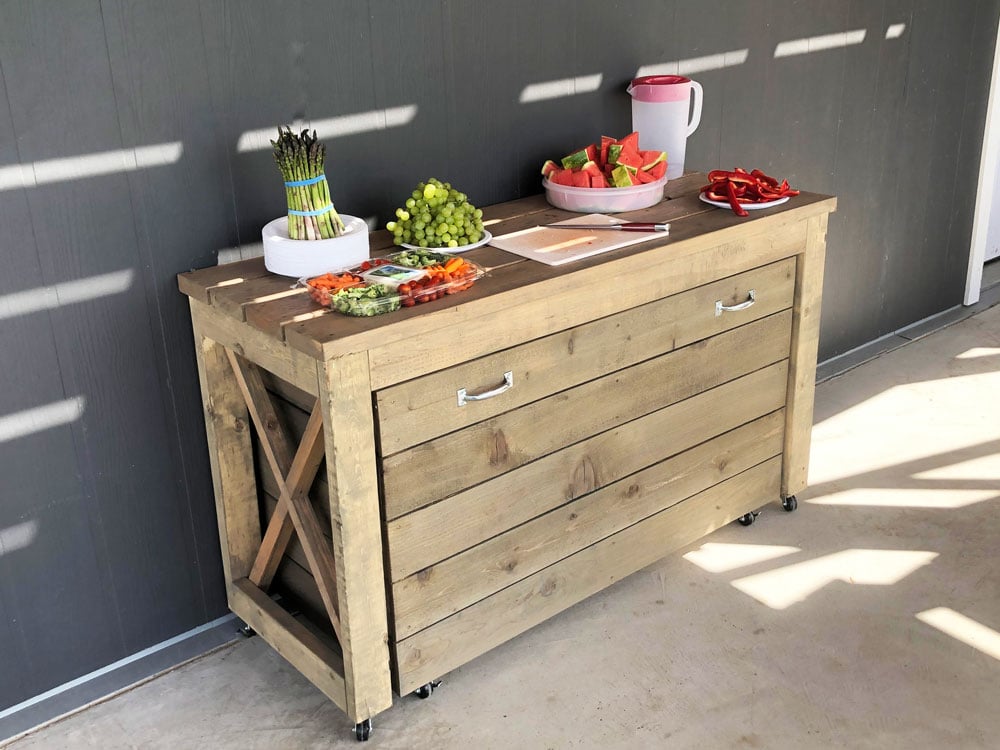
Build your own nesting grill station for a portable grill! Features grill table with storage for gas and grill, and a counter height dining/serving table, so you can pop out an entire outdoor kitchen set up in seconds!
Free step by step plans with detailed diagrams and shopping and cut list from Ana-White.com
Dimensions
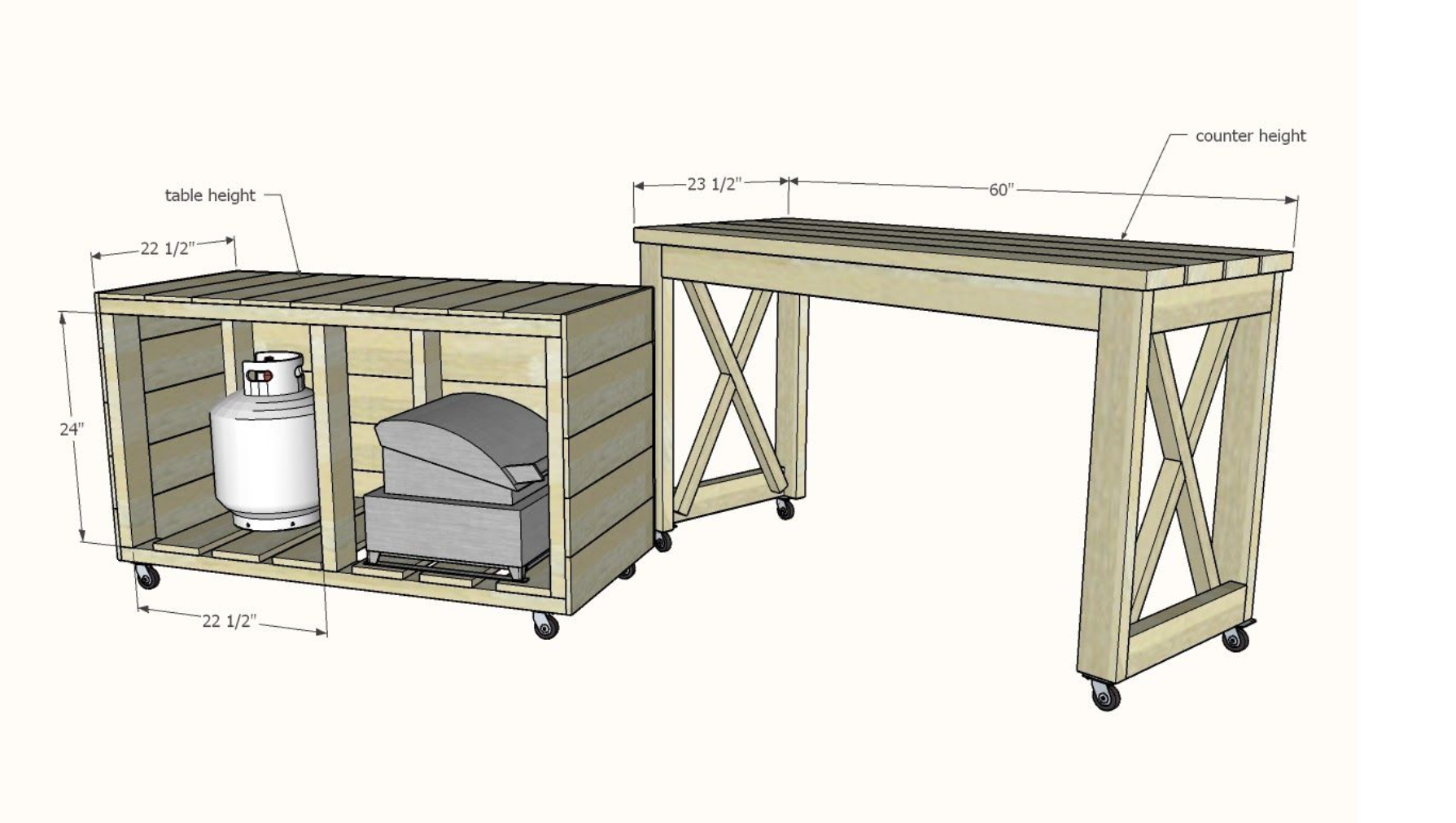
Dimensions for nesting grill station plans
Preparation
Shopping List
- 2 - 2x6 @ 10 feet long
- 8 - 2x4 @ 8 feet or 92-5⁄8” stud length
- 2 - 2x2 @ 8 feet long
- 12 - 5-1⁄2” wide Cedar Fence Pickets (can be dogeared, but better to use straight cut fence pickets)
- 8 - 2-1⁄2” diameter caster wheels for exterior use
- 100 - 2-1⁄2” to 3” long self tapping exterior screws (recommend star bit wood construction screws)
- 150 - 1-1⁄4” to 1-1⁄2” long self tapping exterior screws (recommend star bit wood construction screws)
- Exterior wood stain or paint (about a quart)
- 8 Caster Wheels, 2-1⁄2” diameter (4 braking recommended)
Cut List
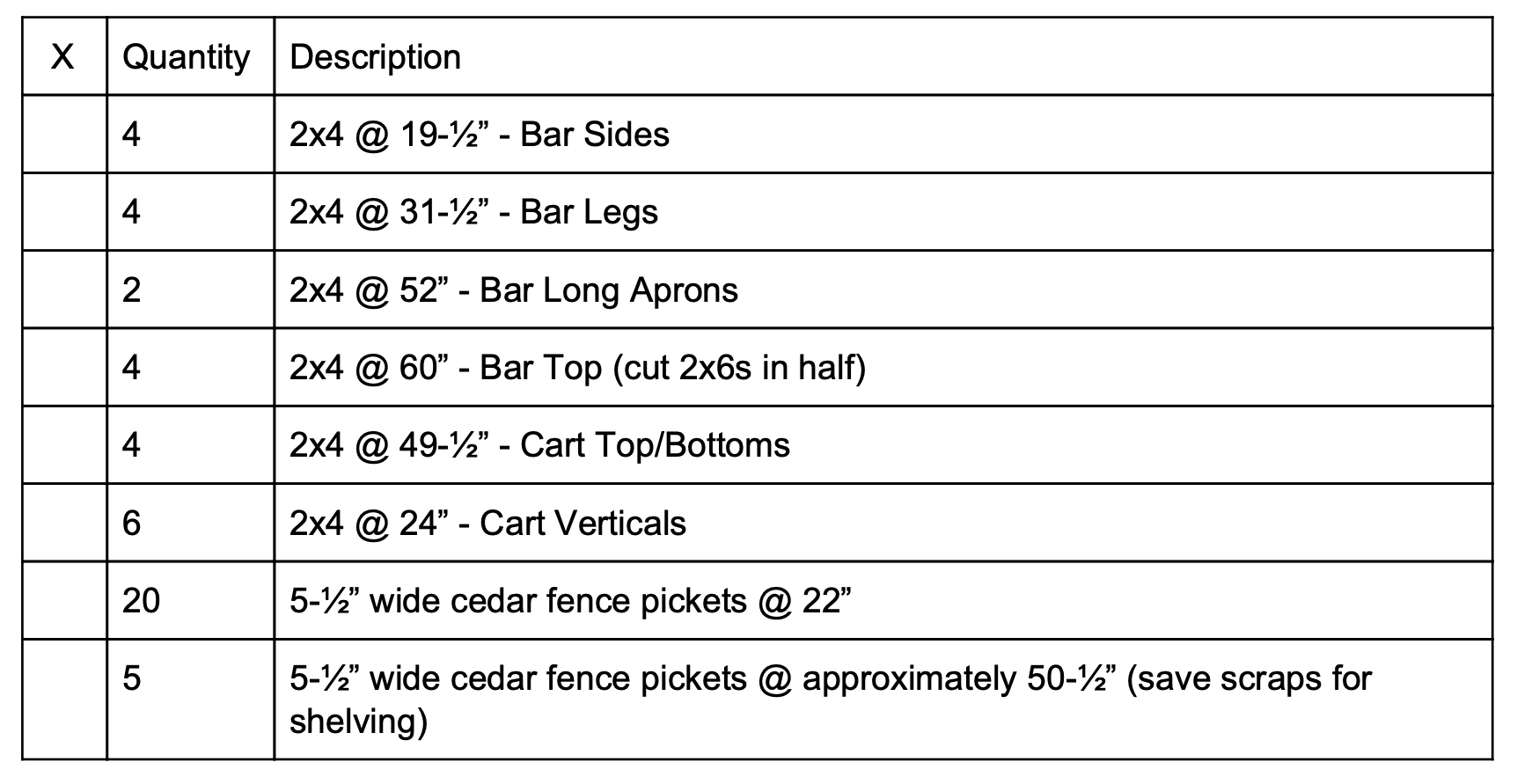
Instructions
Step 1
Step 2
Lay the 2x2s out over the side openings and trace with a pencil. Cut off ends (can be cut at an angle to match or simply cut square as shown.
Overlap and trace the overlap in the middle. Cut one of the 2x2s on the overlap lines.
Attach to the sides with a single longer screw, and longer screws at the intersection of the 2x2s. Repeat for both sides.
Step 3
Step 4
Step 5
Step 6
Step 7
Step 8
Step 10
Room



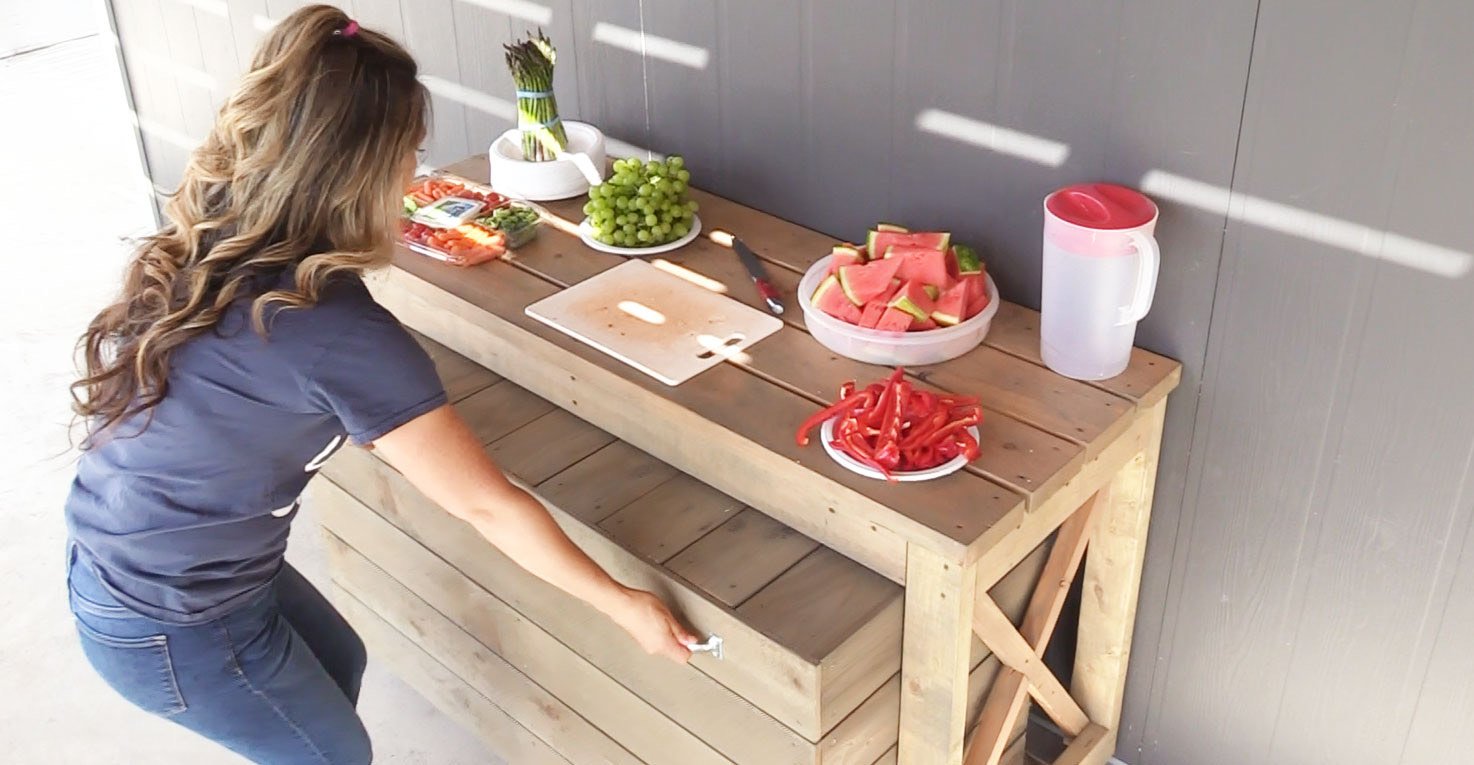
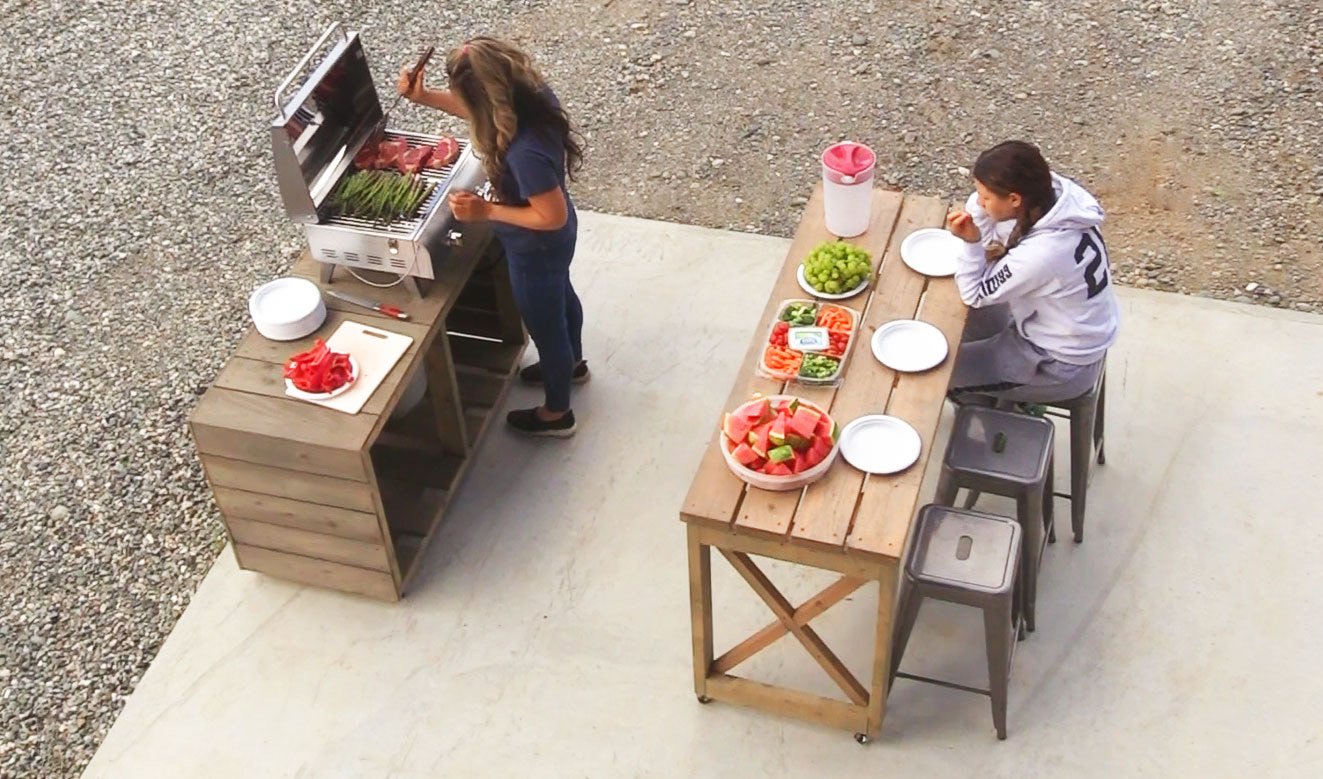
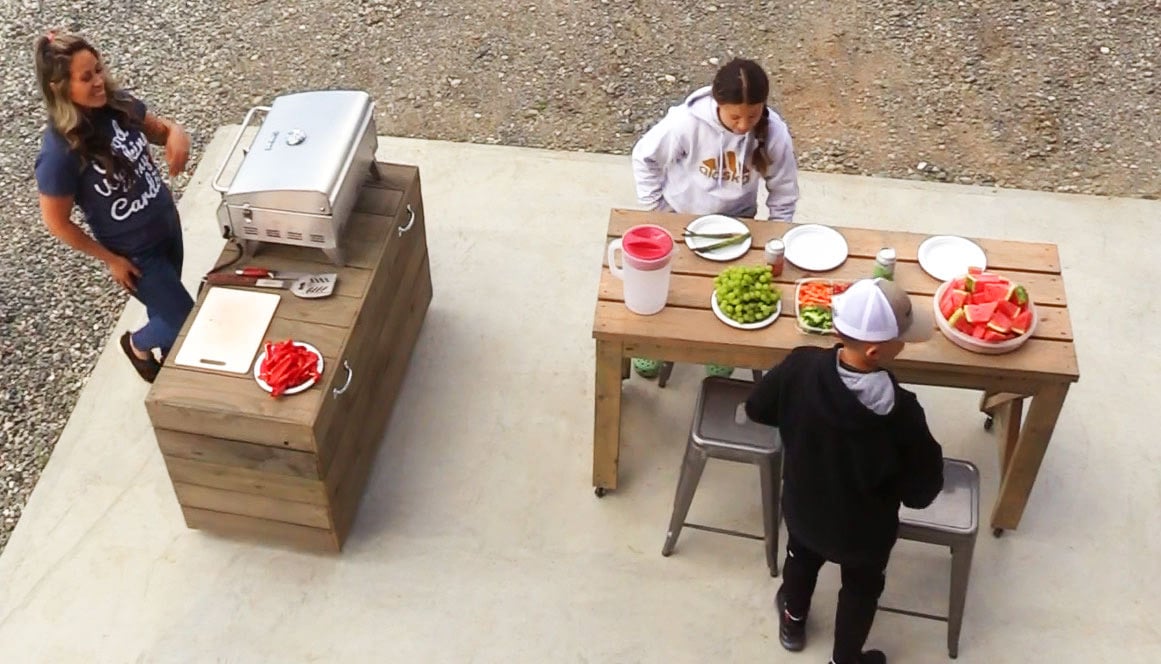
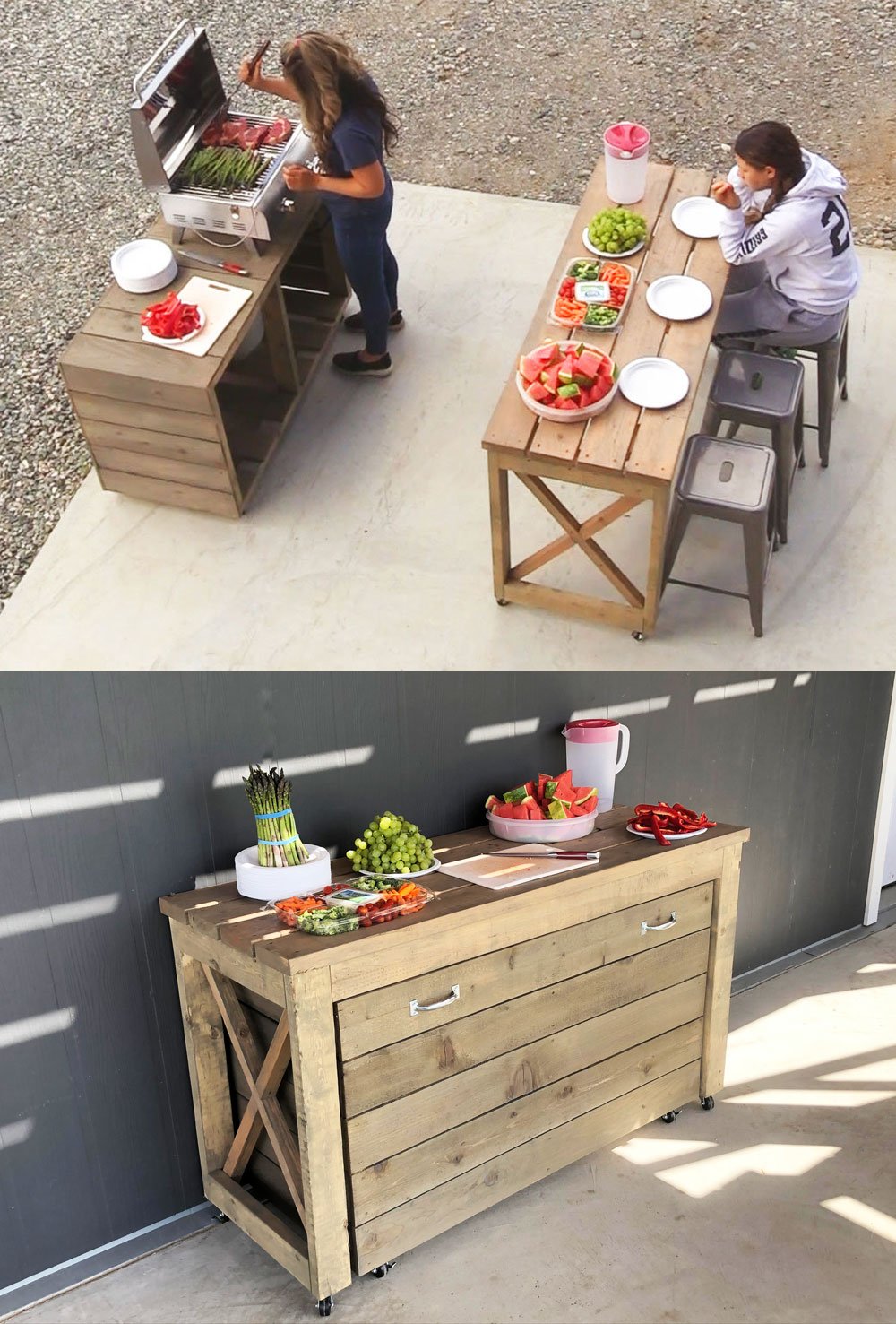







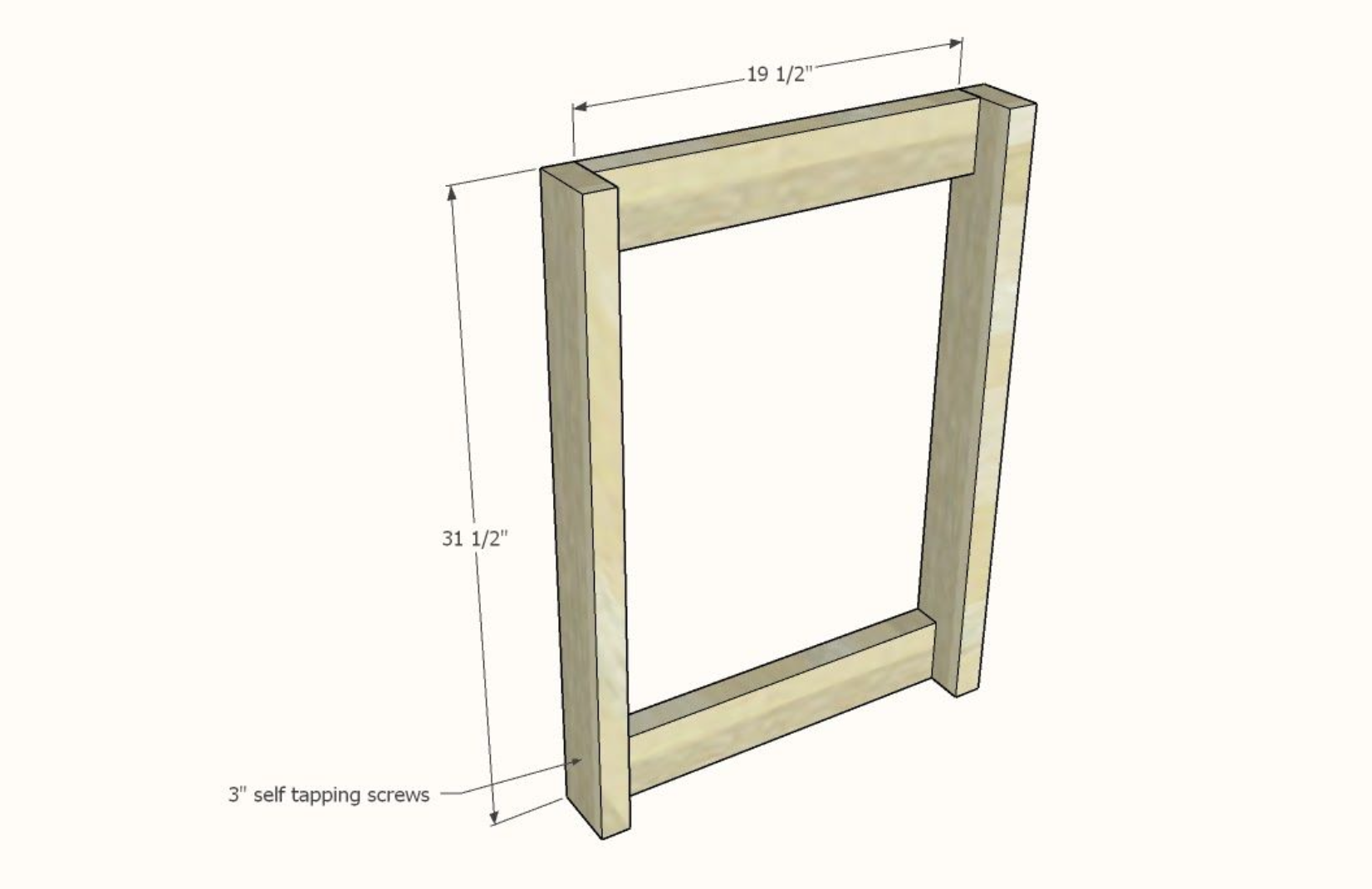
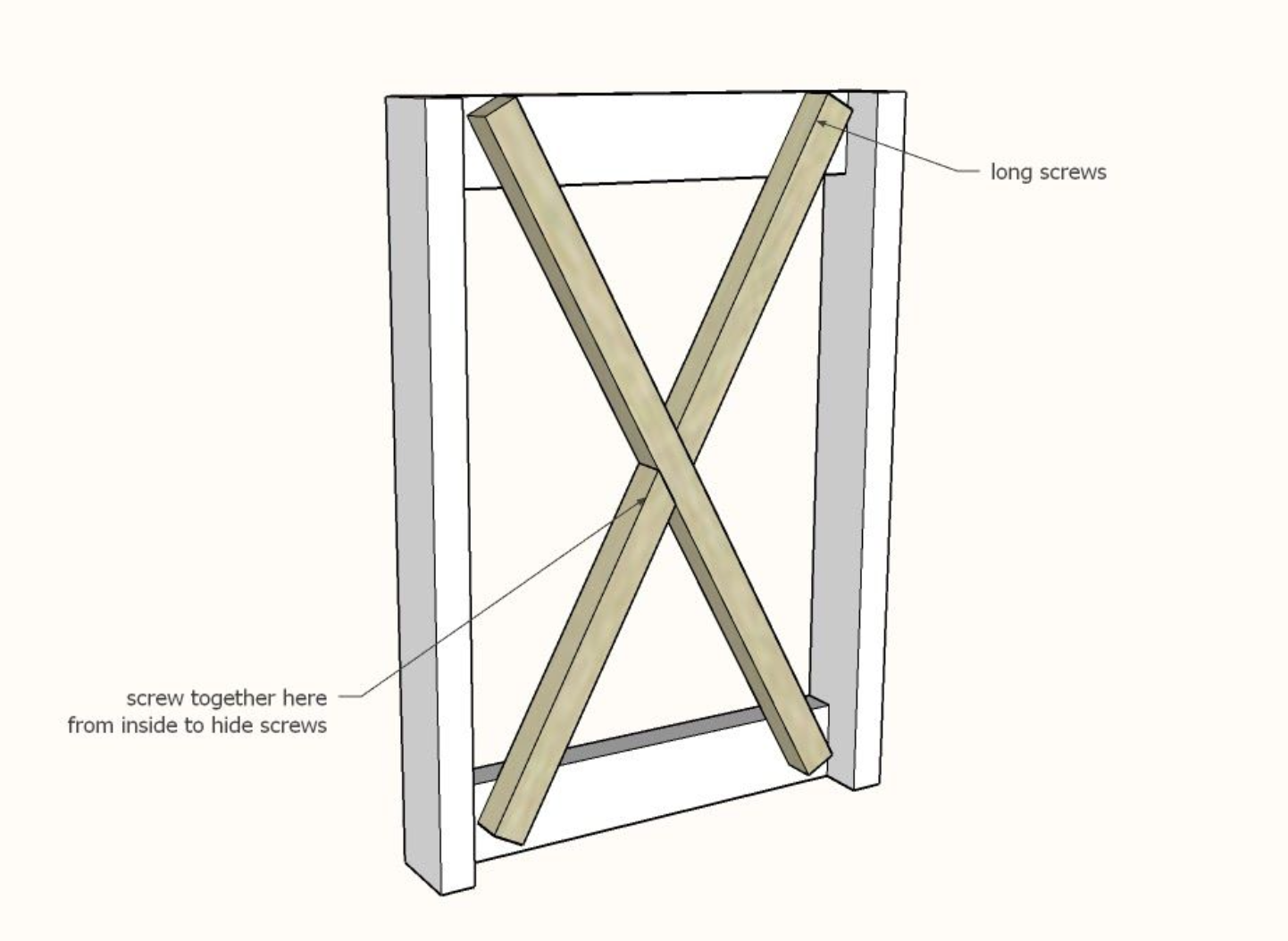
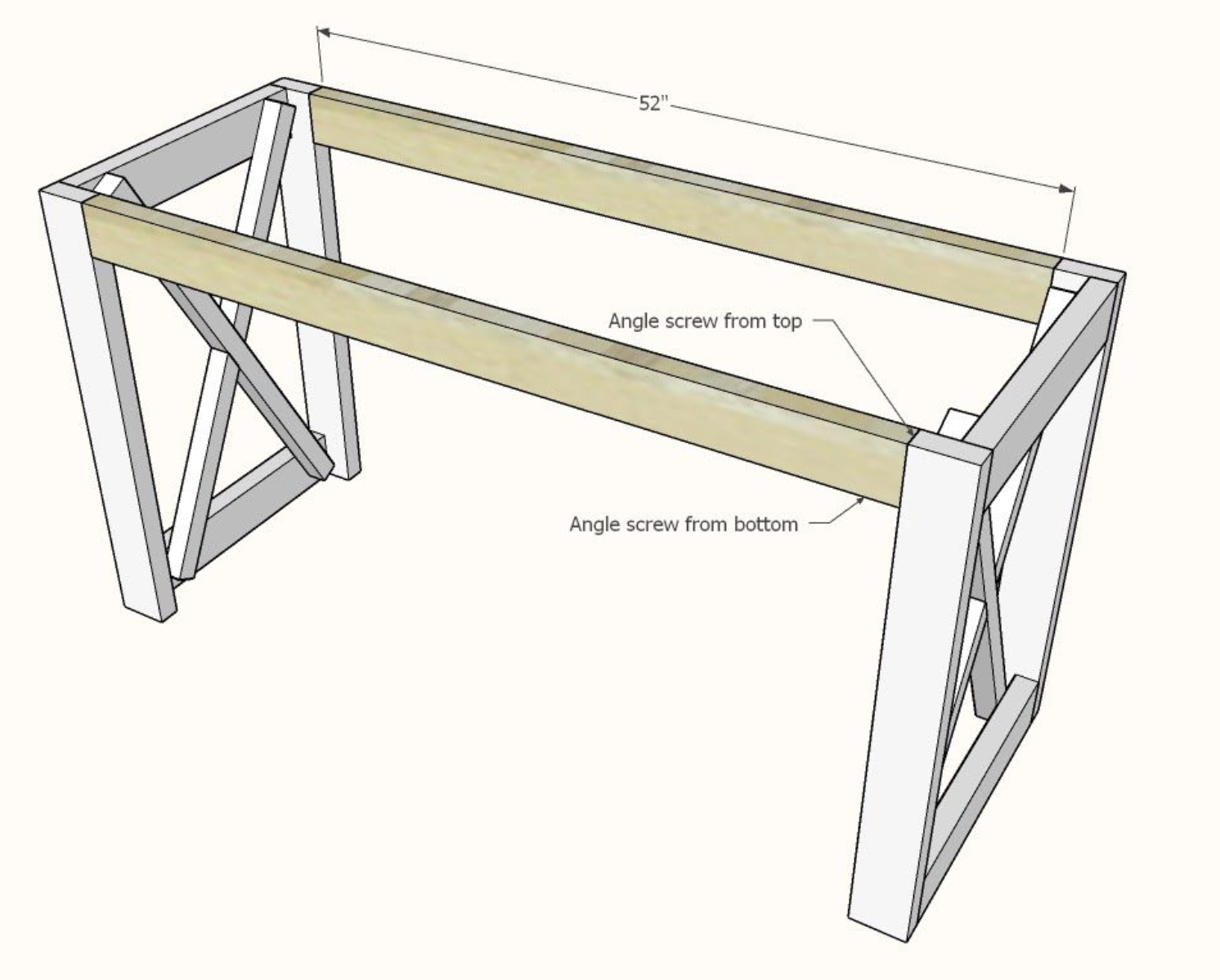
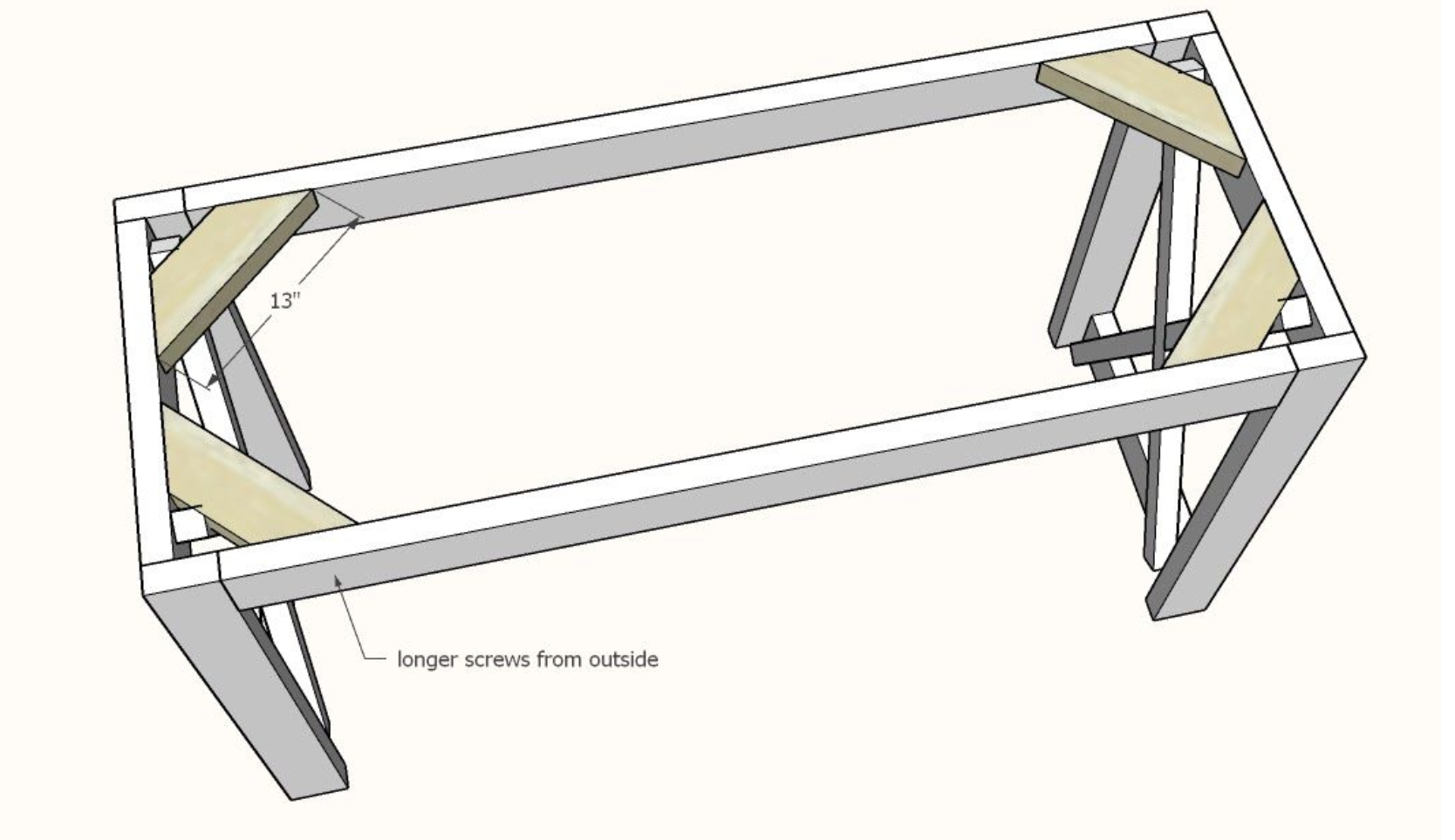
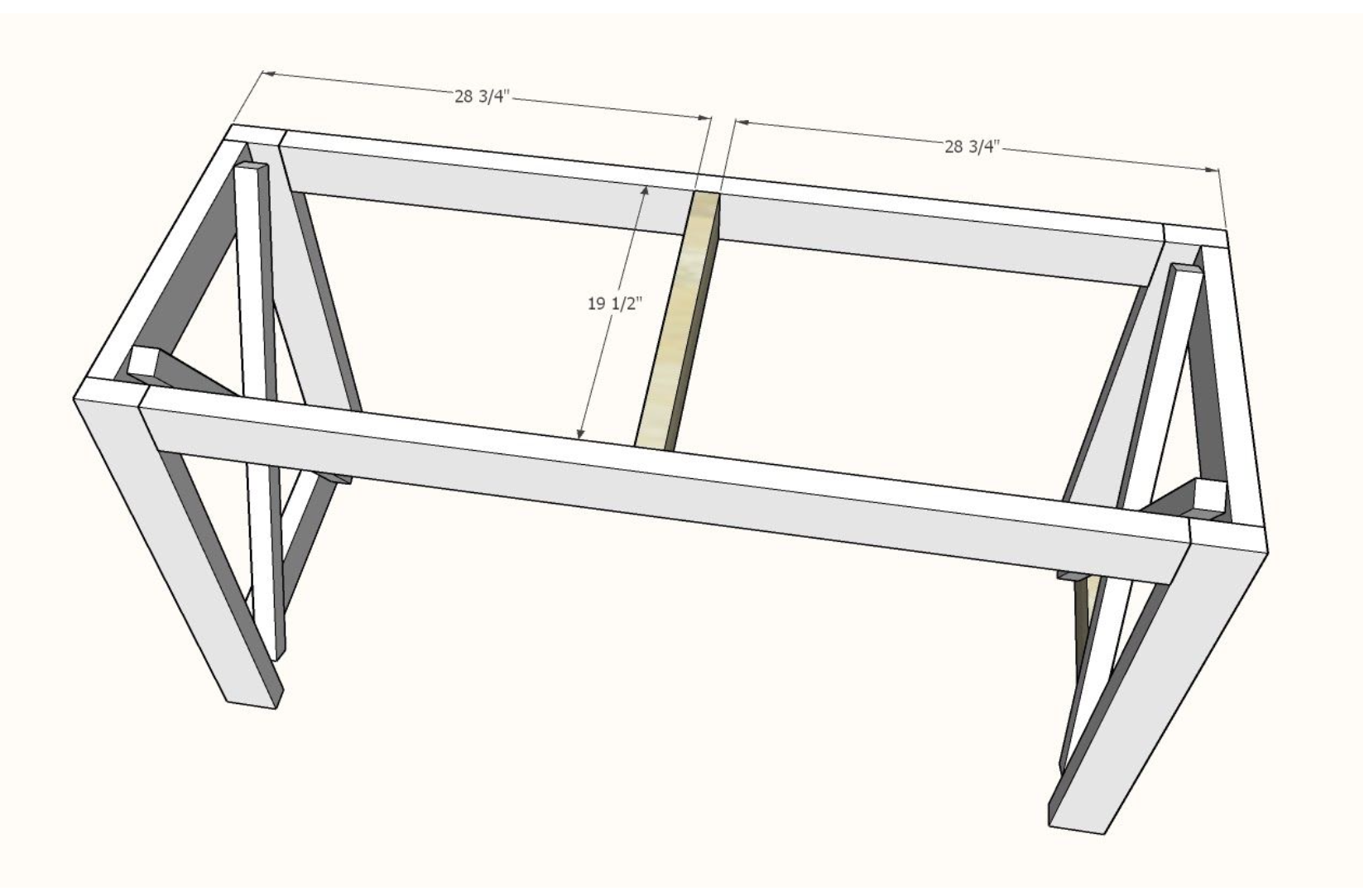
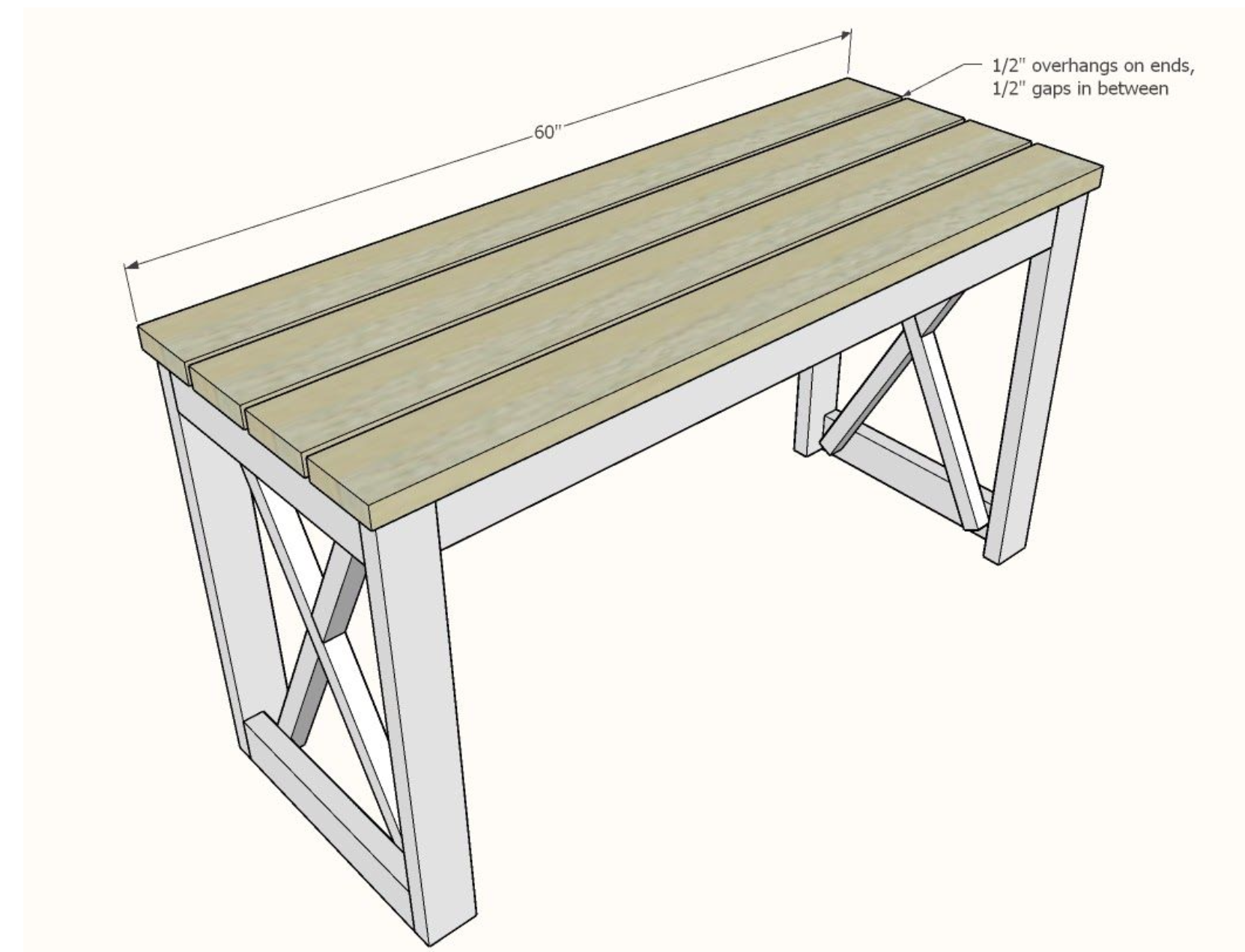
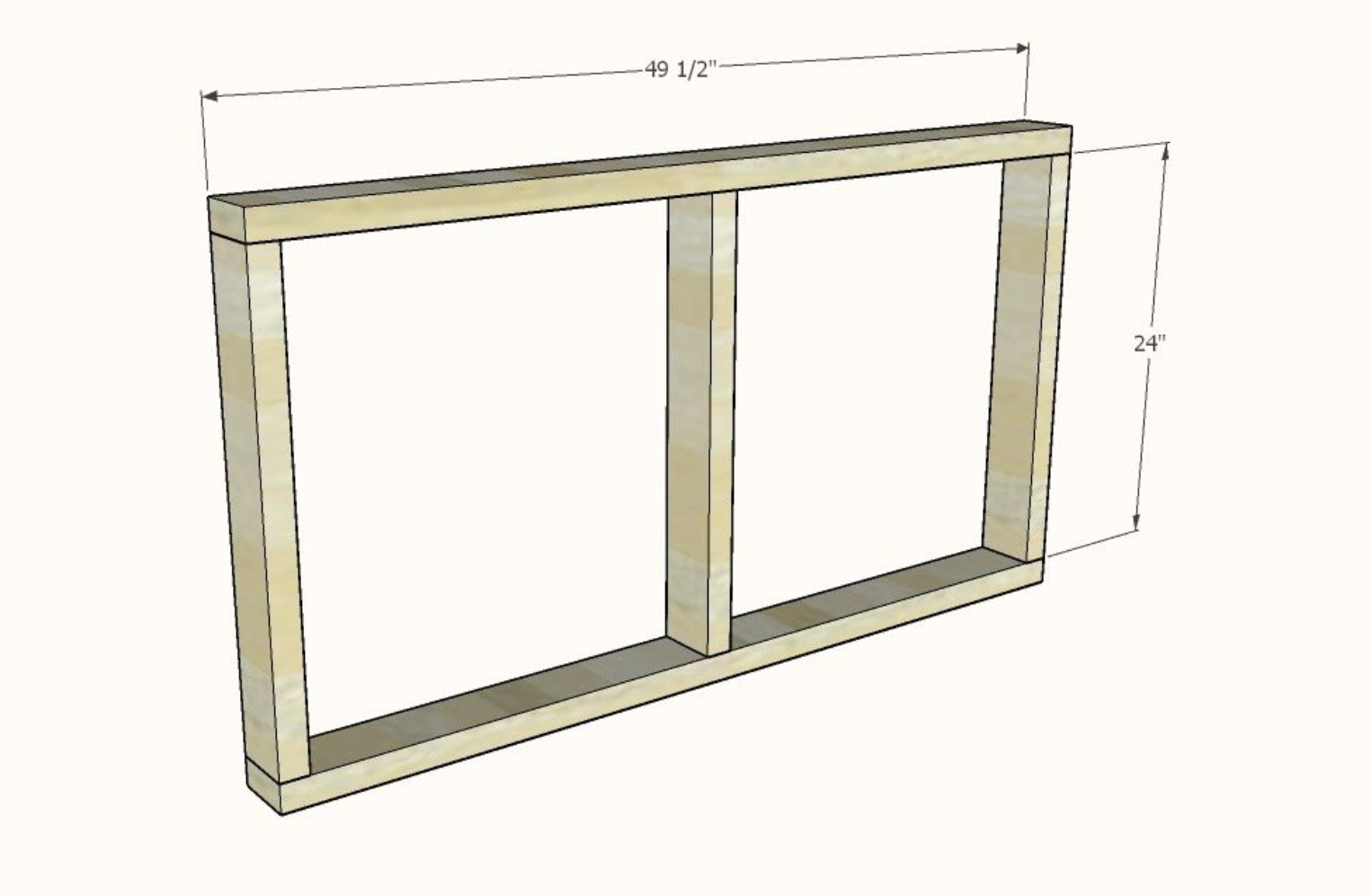
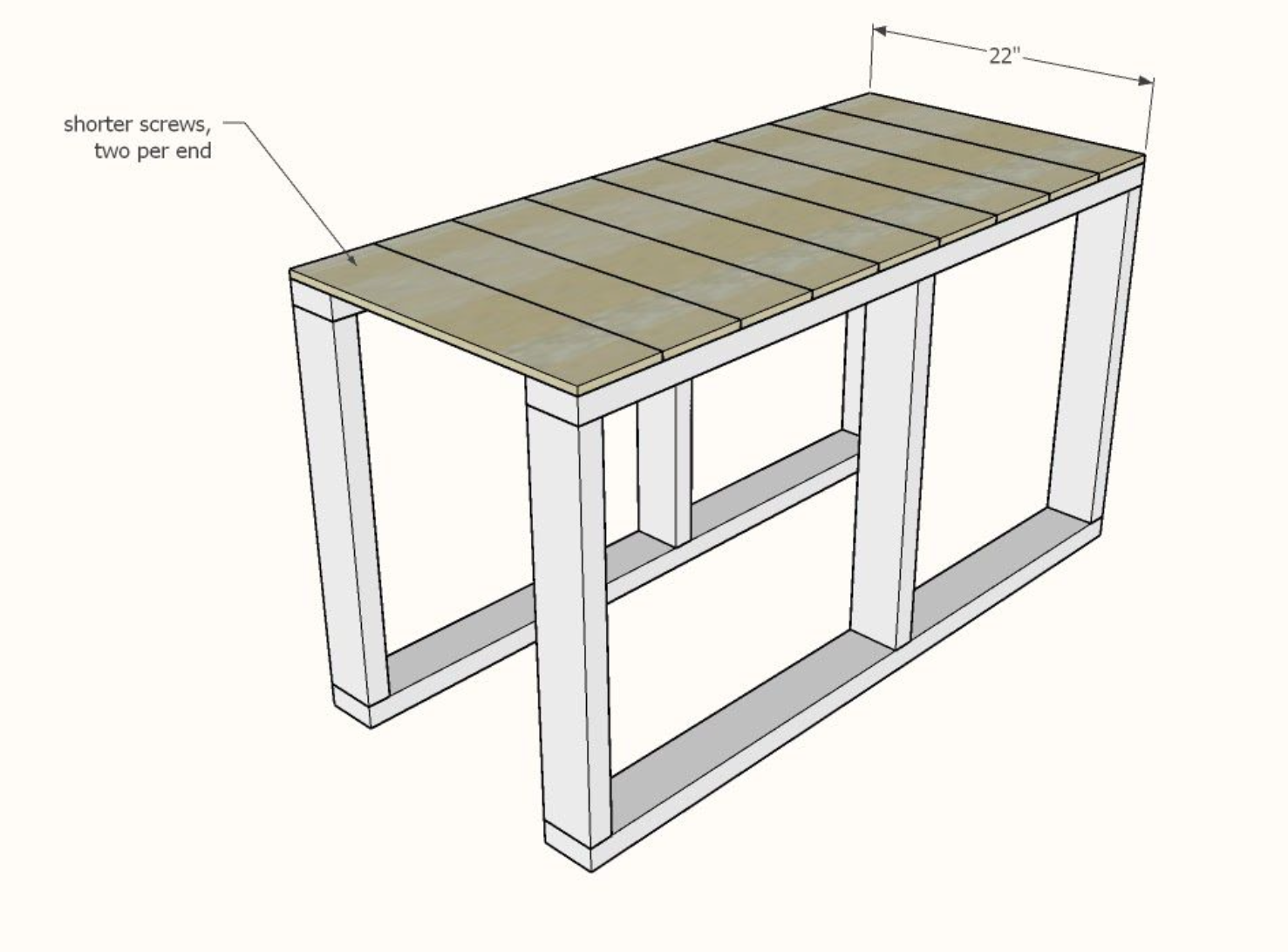
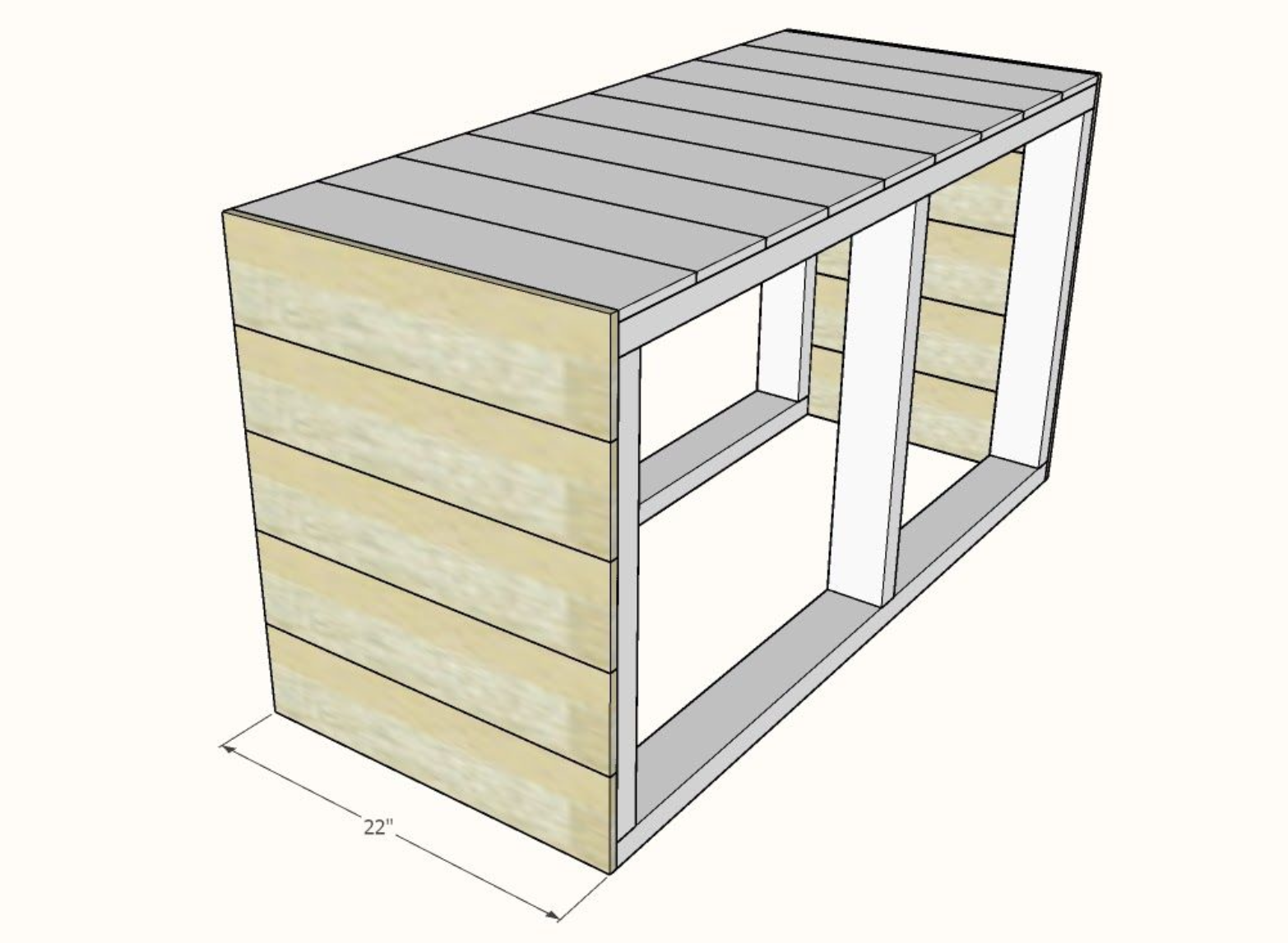
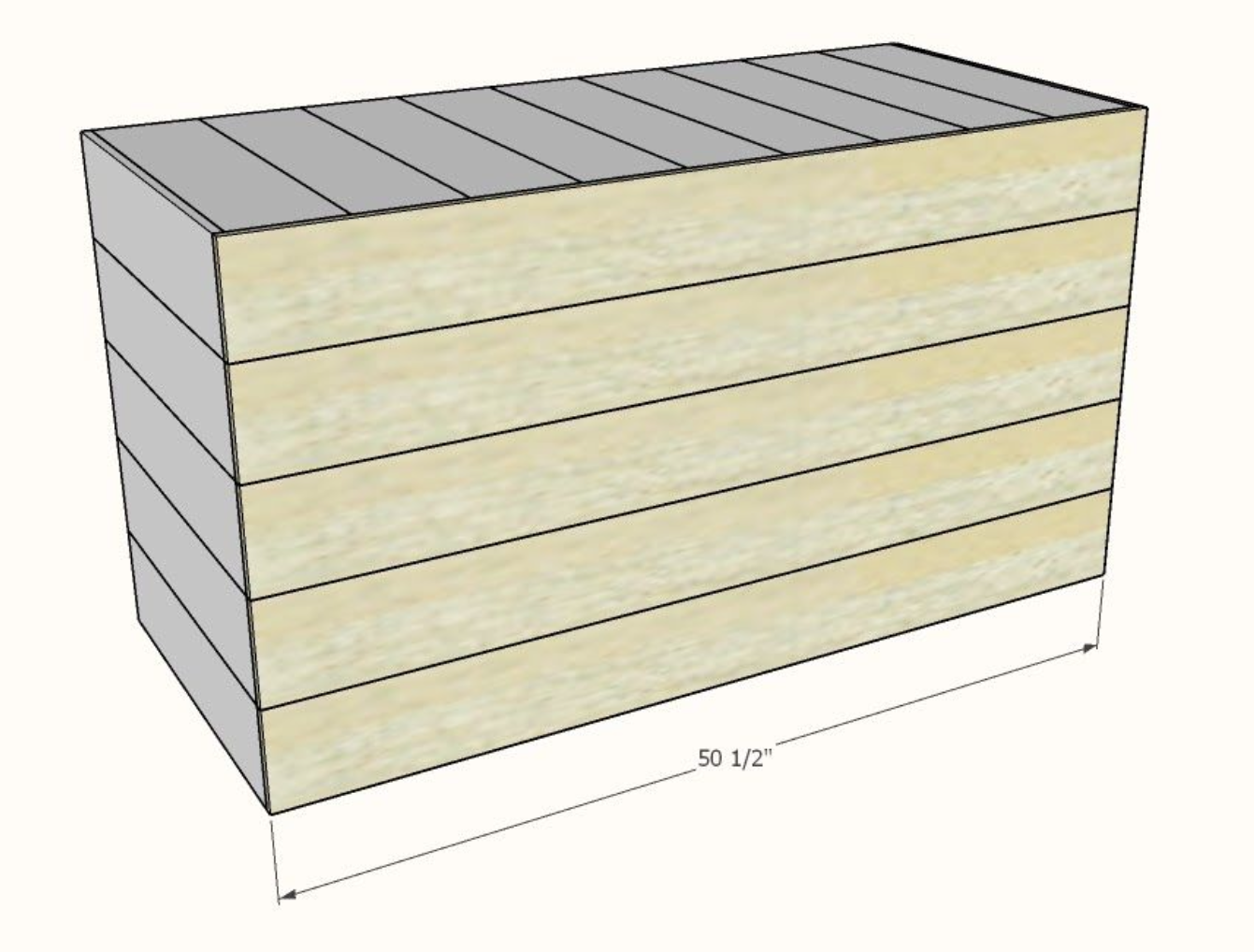
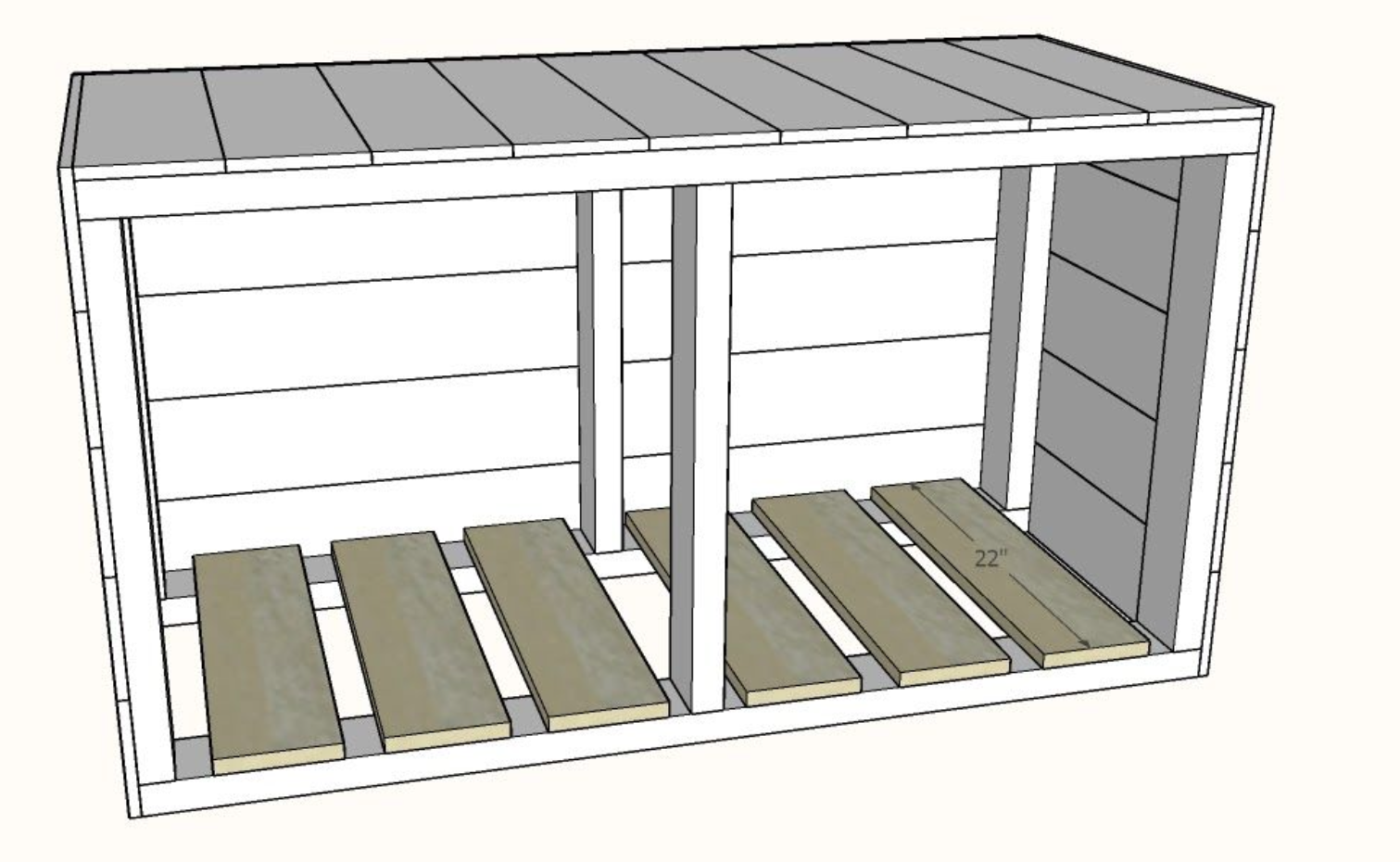
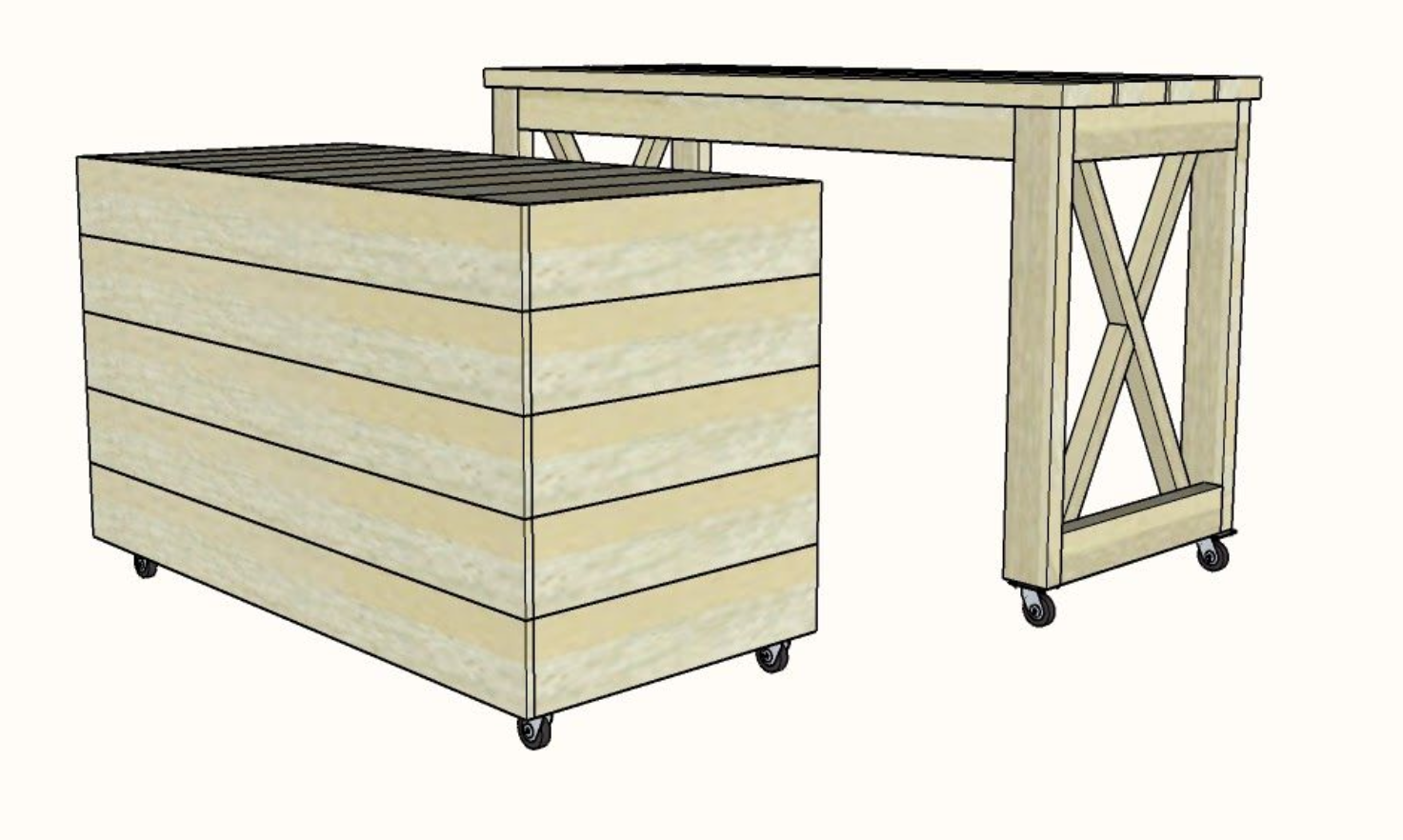
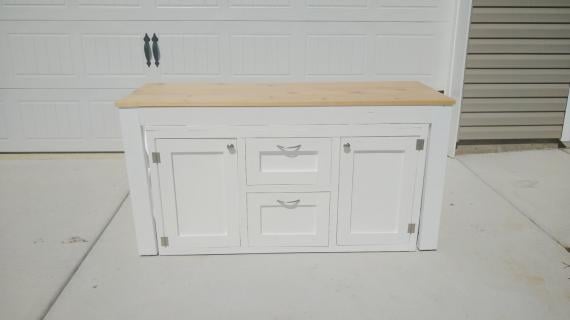
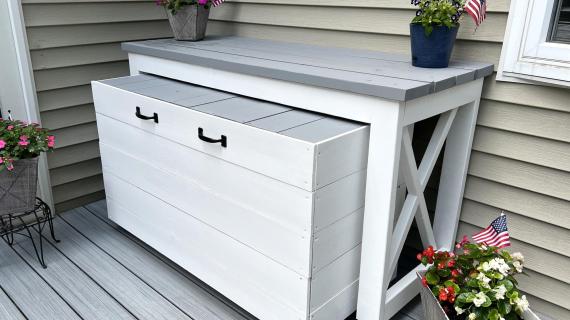
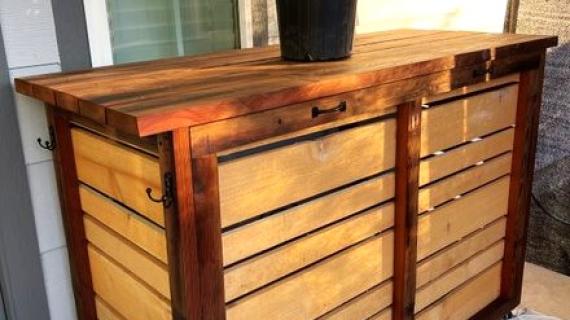

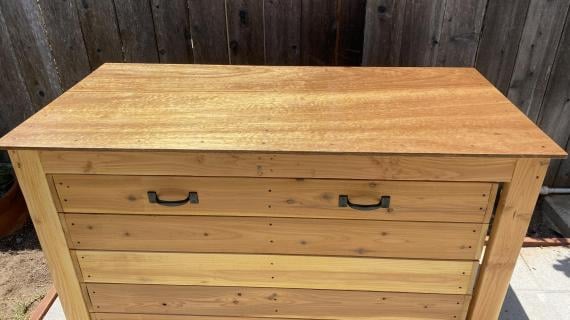
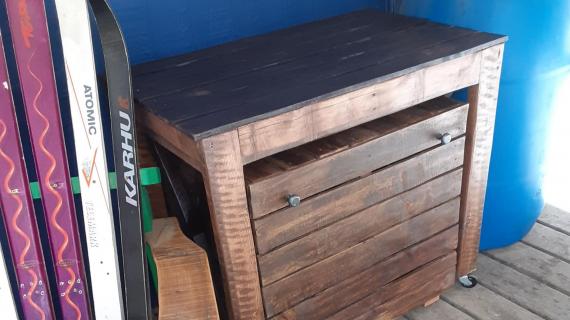
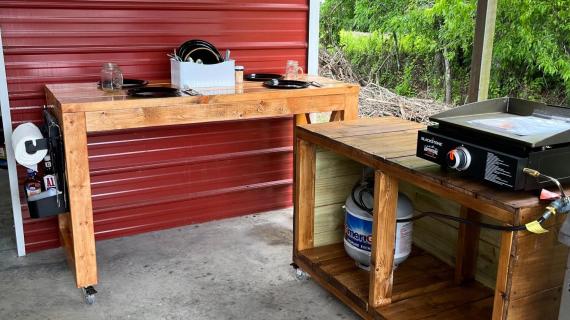
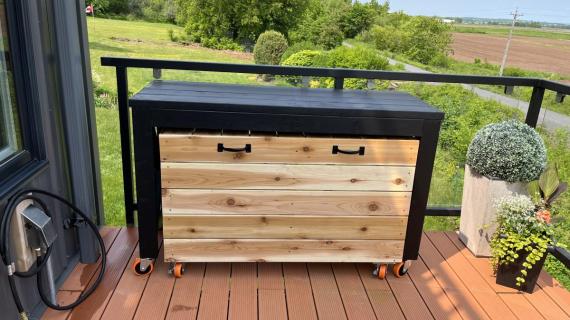
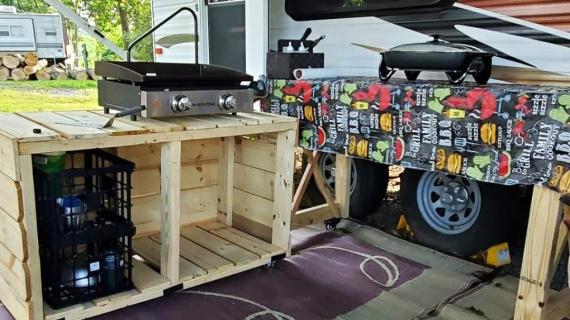
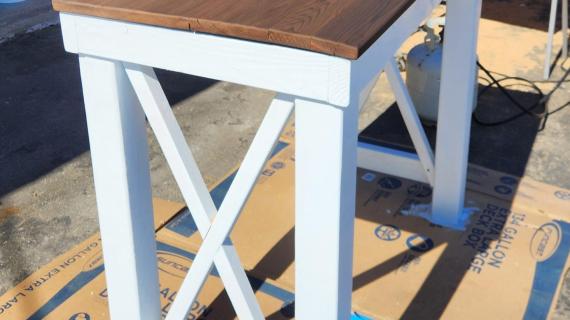


Comments
jvizuete
Tue, 07/07/2020 - 18:41
Love this! Printed out the…
Love this! Printed out the plans and we’ll be starting soon! Quick question: can you please link the grill pictured? Thank you!
michael_b101
Thu, 07/09/2020 - 05:27
Plans are no longer…
Plans are no longer available?. Saddened, as this likely will retire our kitchen table and put in its place this as a breakfast station for the waffle/pancake griddles.
michael_b101
Thu, 07/09/2020 - 05:35
clicked on the wrong link…
clicked on the wrong link. thx
Sb1212
Tue, 07/14/2020 - 18:09
Brag post help
I want to add brag post for the nesting grill station but it is not allowing me to add pictures.
Sb1212
Tue, 07/14/2020 - 21:16
I was able to post. I don't…
I was able to post. I don't know how to delete the anonymous one though.
MamaMaria
Thu, 07/16/2020 - 10:56
Hi, New to all this. How do…
Hi,
New to all this. How do we get the same natural finished look on any project. Is this wood douglas fir or pine or some other? And what finished coat would be used to achieve this look and color?
Thanks!